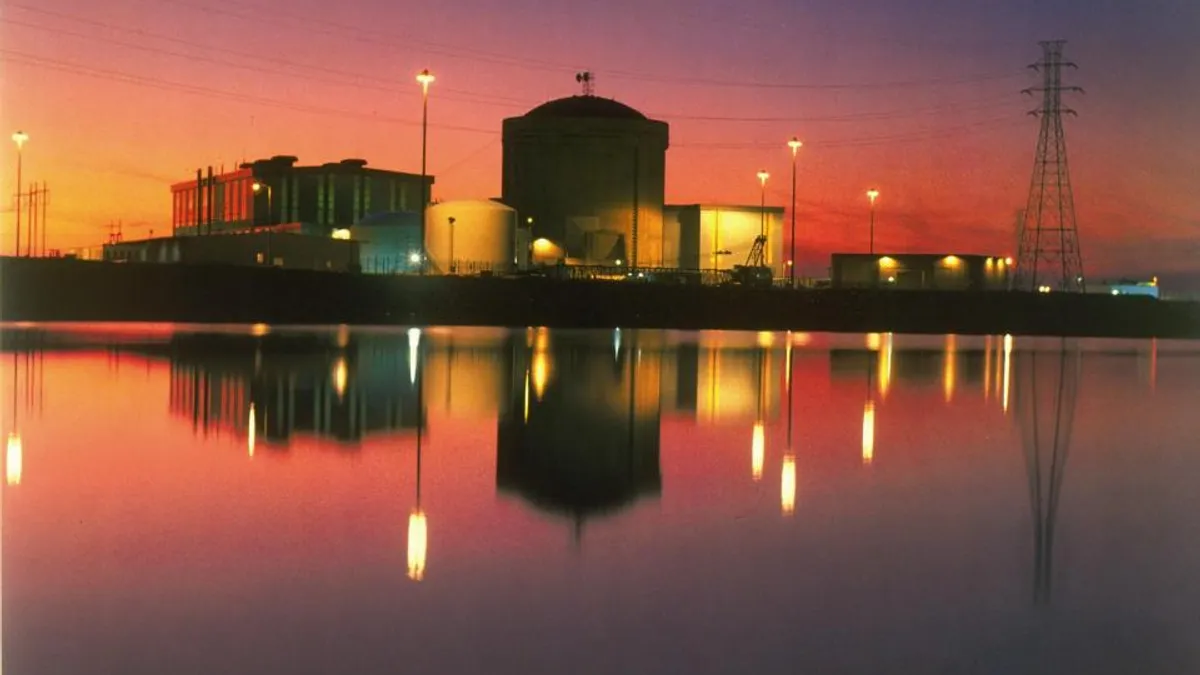Dive Brief:
- SCANA Corp. announced sweeping management changes yesterday, including the retirement of Chairman and CEO Kevin Marsh, who led the company and its South Carolina Electric & Gas subsidiary for six years.
- Stephen Byrne will retire as senior vice president of SCANA, and COO and president of generation and transmission of SCE&G.
- The retirements follow news that SCANA may be unable to recover about $210 million in costs associated with its abandoned V.C. Summer nuclear project in South Carolina, instead absorbing it within the company, potentially hurting profits.
Dive Insight:
The V.C. Summer debacle appears to be having an impact on SCANA's management, with Marsh's resignation coming just days after a key lawmaker in the state said he should step down.
“SCANA’s mismanagement of the V.C. Summer nuclear facility has proven that the company cannot be trusted to promote or protect its consumers’ interests," Speaker of the House Rep. Jay Lucas said, according to the Post & Courier. "On behalf of the South Carolina ratepayer, I believe SCANA CEO Kevin Marsh should resign immediately ... This measure should have occurred long before now and without pressure from elected officials."
Jimmy Addison will become SCANA CEO, while Keller Kissam will serve as president and COO of SCE&G. Iris Griffin will become CFO.
Addison said in a statement that he appreciates the sign of confidence the utility's board, "during this challenging time for the company. I understand that we continue to have some difficult issues to address."
SCE&G owns 55% of its abandoned two-reactor expansion project at the VC Summer plant, along with partner Santee Cooper. The utility will likely not be allowed to charge its customers the costs accrued since state regulators last reviewed the status of the nuclear about 18 months ago.
Proposed in 2008, the expansion of the V.C. Summer nuclear plant was supposed to cost less than $12 billion. But SCANA and Santee Cooper abandoned the project over the summer, already having spent $9 billion. They said completing construction would take years and costs could spiral to $25 billion.















